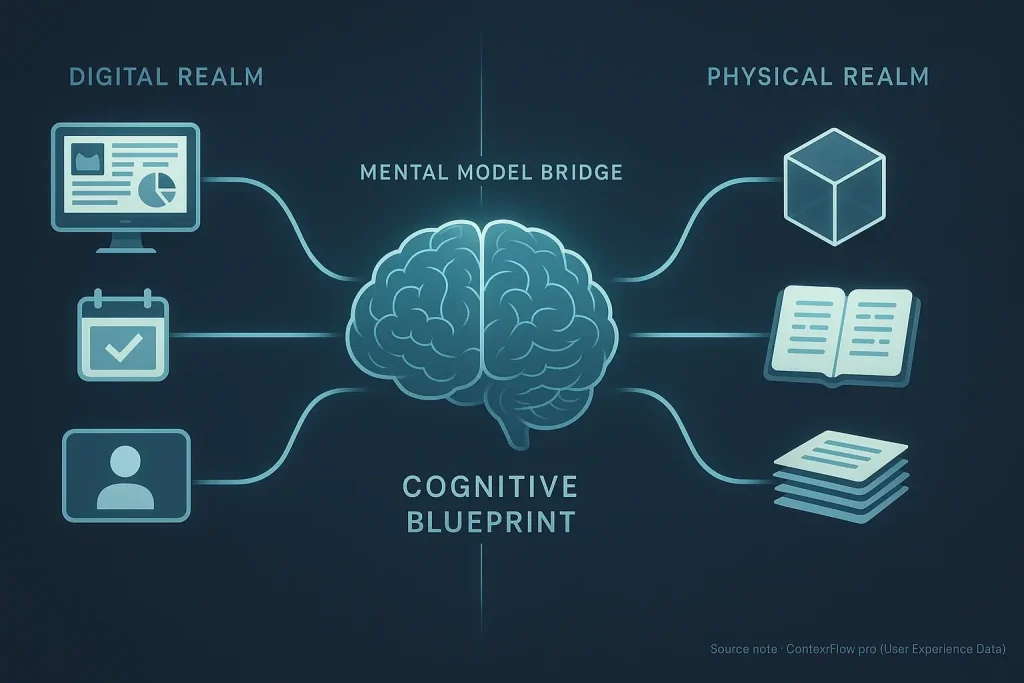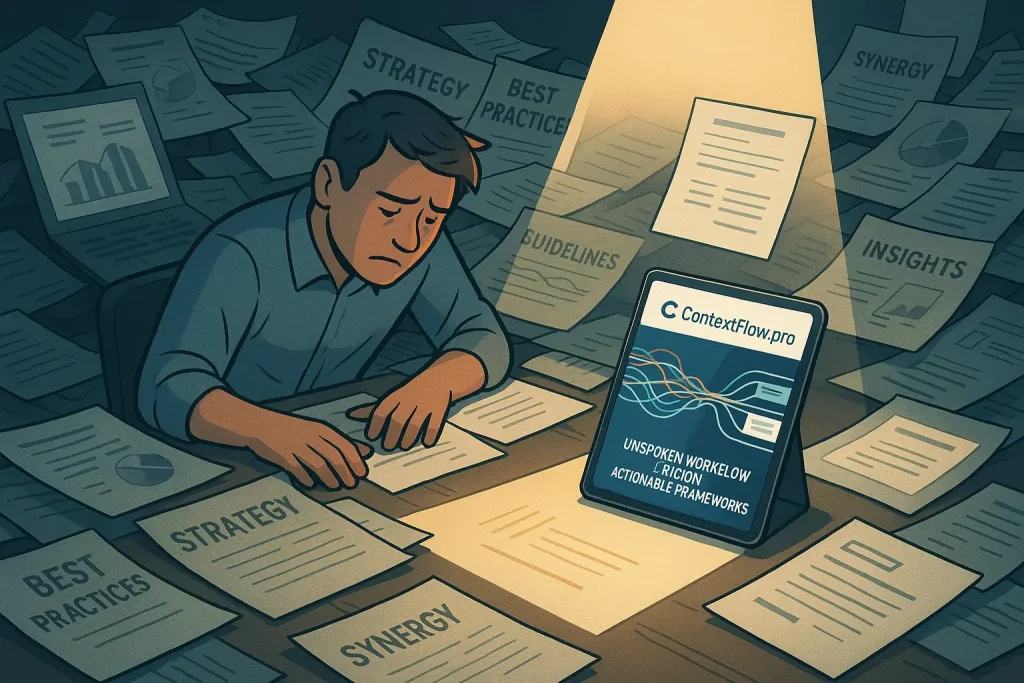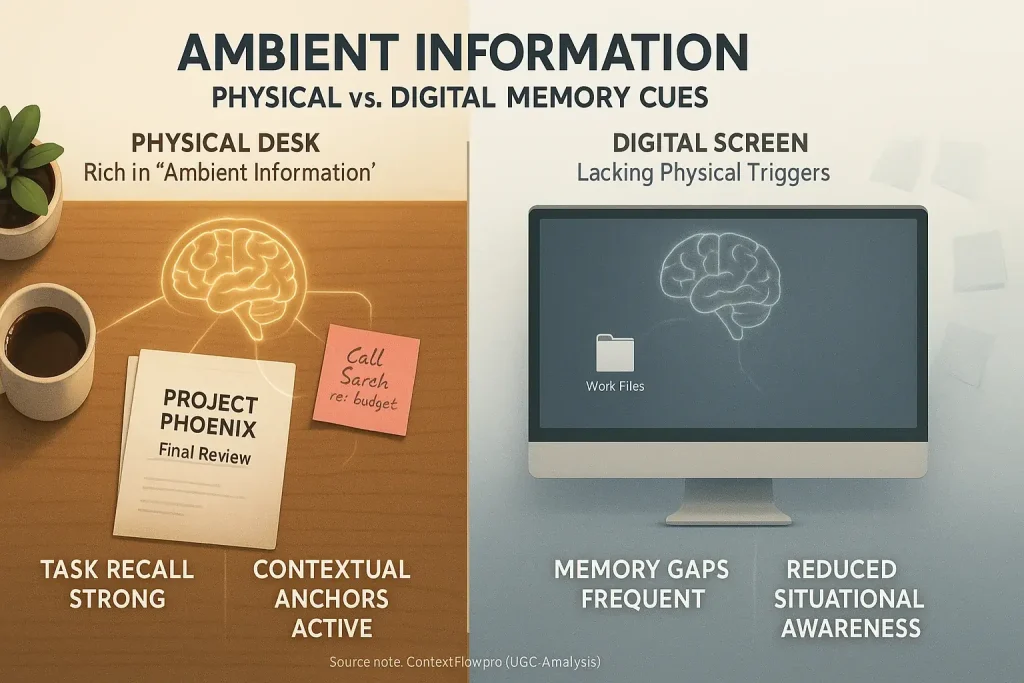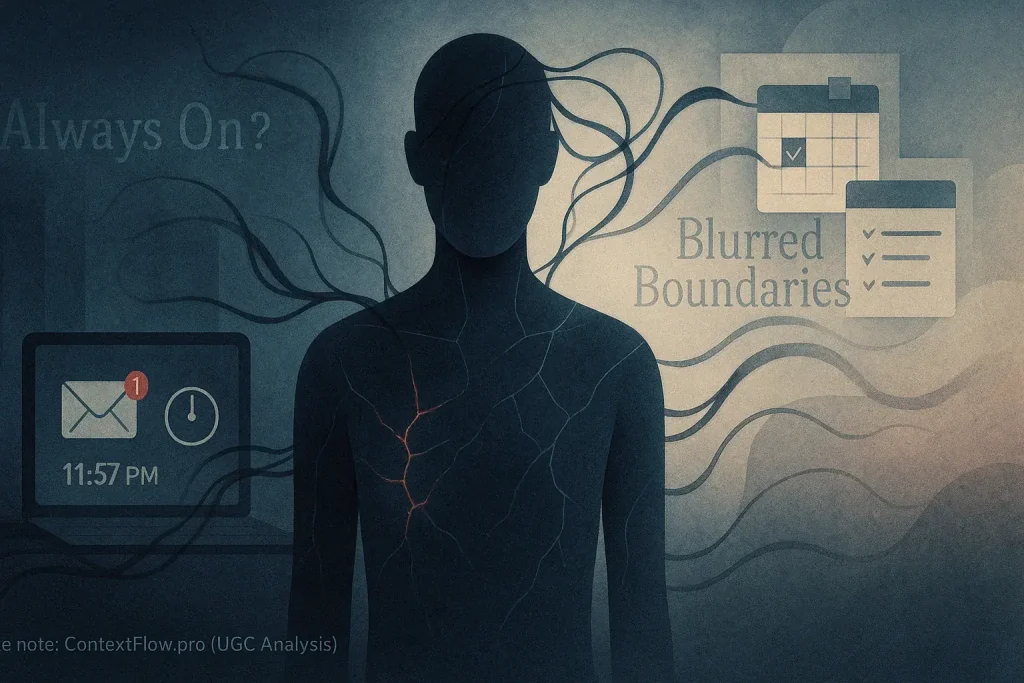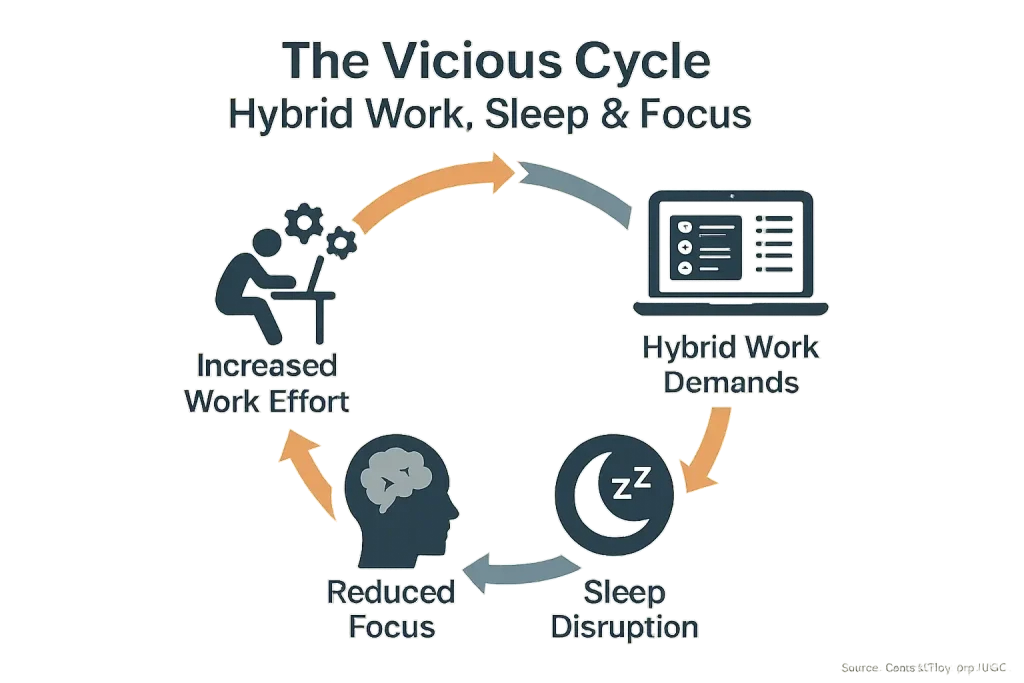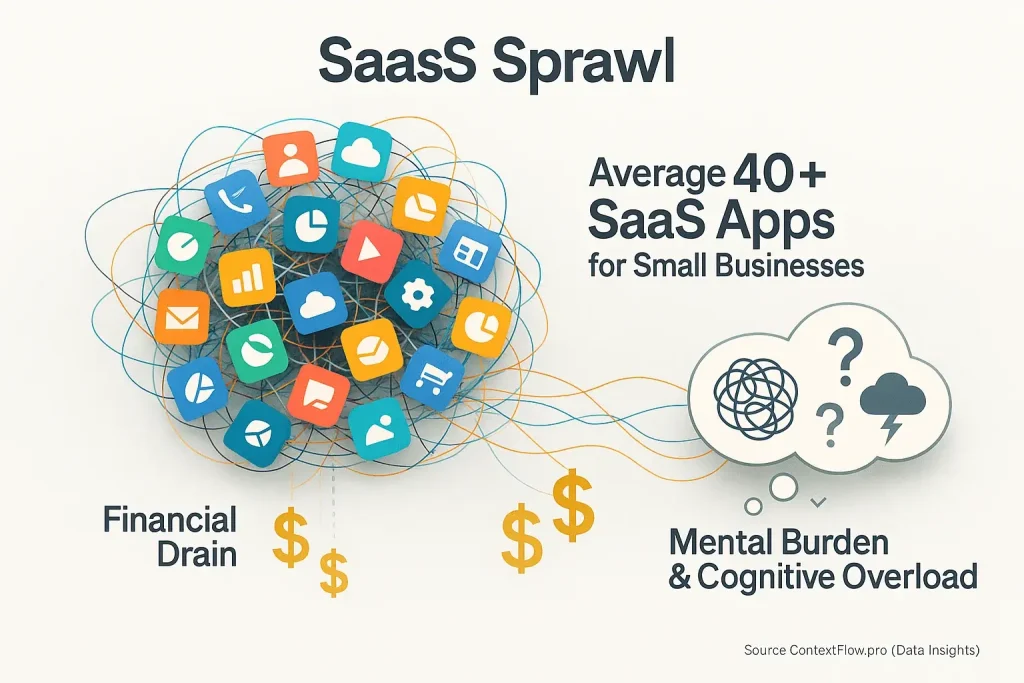Beyond the Hype: Why 'Feature Lists' Miss the Point of True Hybrid Tool Fit
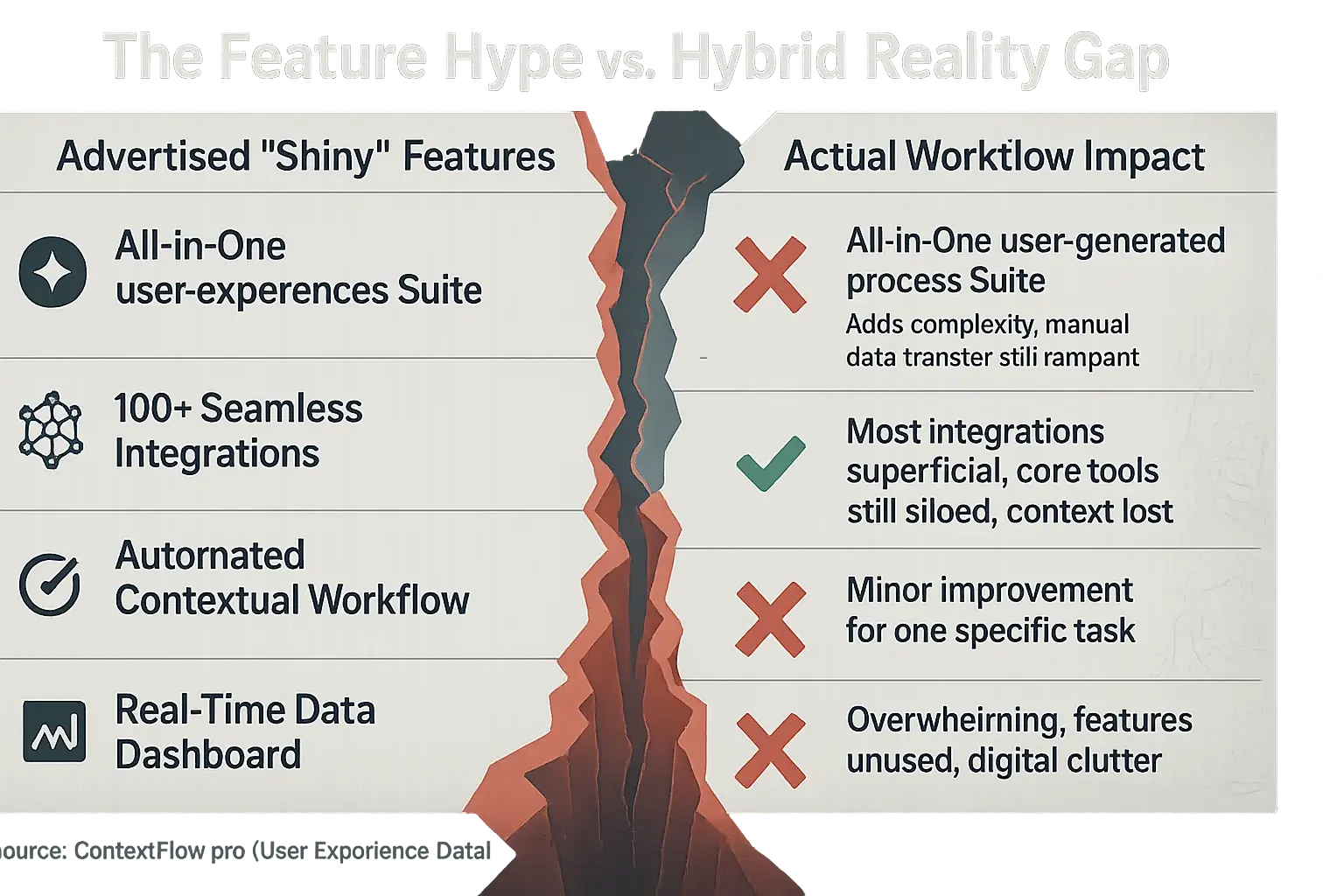
Ever felt overwhelmed by endless feature lists when choosing a new hybrid work tool? You're not alone. Our analysis of user experiences confirms this widespread feeling. Shiny features often promise the world. They rarely boost real-world productivity. Better context flow remains elusive. Users need to see past marketing glitter.
The real problem? Not a feature deficit. It's a lack of fit. A tool might boast countless functions. It becomes mere digital clutter without seamless workflow integration. Many users share a common story. They bought tools packed with features. Then they found themselves manually transferring data. They lost precious context. The new tool simply failed to match their daily tasks.
That's why we built this user-centric evaluation checklist. It cuts through marketing noise. The checklist helps you focus. What truly matters? How a tool impacts your workflow. How it solves your real pain points. This evaluation prioritizes your experience. Not just a feature count.
Your Interactive Hybrid Tool Fit Checklist: Does It Really Work for YOU?
Assess Your Tool's True Fit
Answer these questions to see how well a tool truly aligns with your workflow and pain points, beyond just its feature list.
1. Problem-Solution Fit: Does this tool directly solve a specific, recurring problem you (or your team) currently face in your hybrid workflow?
2. Integration Potential: Can this tool seamlessly connect with your existing essential digital and physical tools/systems, or does it require manual data transfer?
3. Ease of Adoption: Is the tool intuitive and easy for you (and your team) to learn and integrate into daily routines without a steep learning curve?
4. Context Flow Impact: Will this tool genuinely help you maintain focus and context when switching between tasks or environments, or might it add to cognitive load?
5. Hidden Costs: Have you considered all potential hidden costs (e.g., time for setup, ongoing maintenance, subscription creep, training, data migration) beyond the advertised price?
You have completed the checklist. Reflect carefully on your answers. A low score in 'Problem-Solution Fit' might signal a major red flag. This is true even if the tool looks great on paper; the checklist uncovers hidden workflow friction.
Remember the goal. It is not just selecting any tool. You must pick the right tool for your unique hybrid workflow. Use these insights. Guide your next steps. This could be a trial, a deeper feature dive, or even deciding to look for an alternative.
Understanding Your Fit Score: What It Really Means for Your Hybrid Workflow
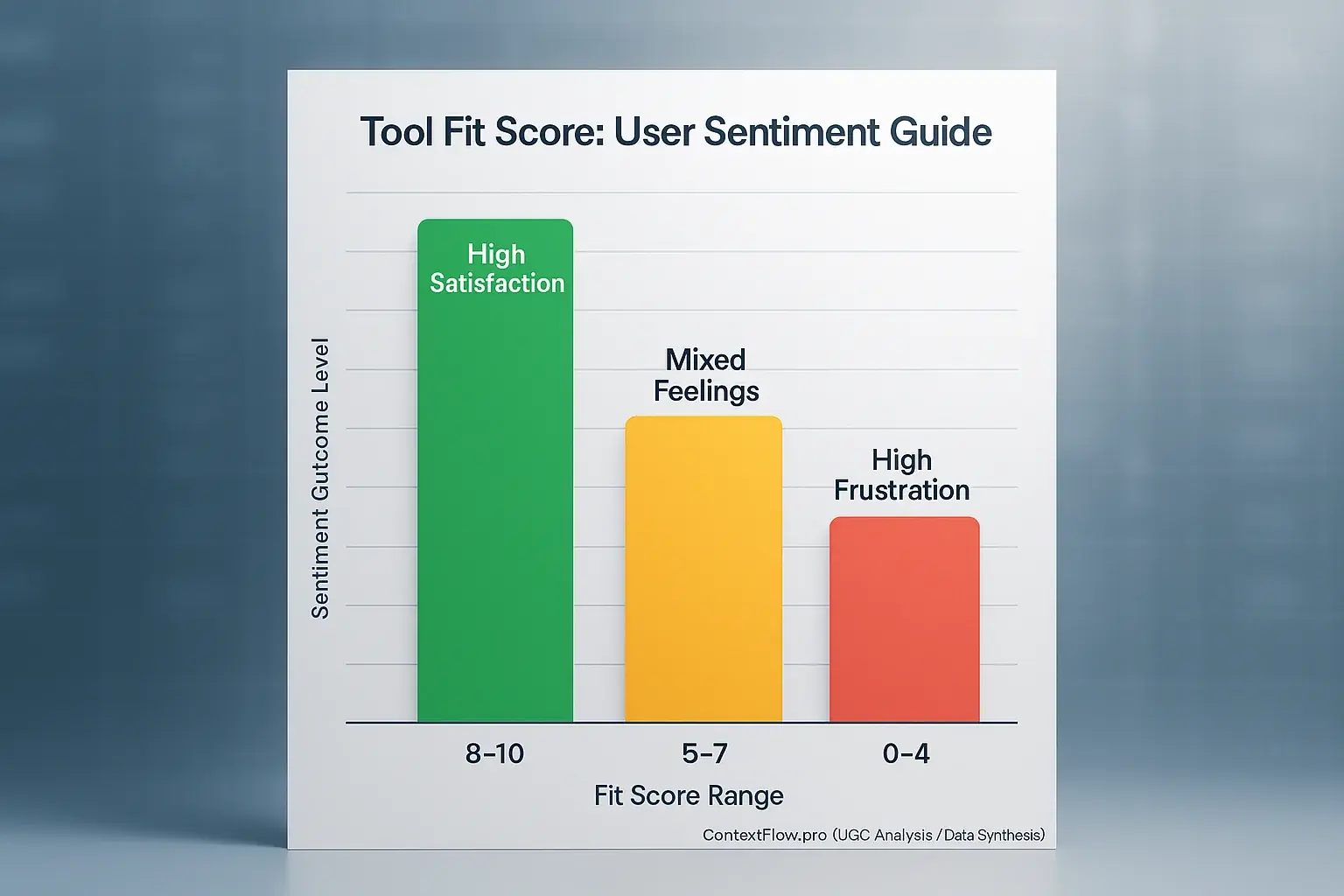
Your fit score isn't just a number. It's a powerful compass. This score guides you through the often-confusing landscape of hybrid work tools. It truly reflects how well a tool aligns with your unique workflow. It also highlights your specific pain points, not merely advertised features.
A high score (think 8-10) often means you've found a gem. This tool truly understands your context flow. It supports your work. But a lower score (say, 0-4) is a critical red flag. It signals that this tool might introduce more friction than it solves. This can lead to digital headaches. Lost productivity often follows. Many users, blinded by flashy features, dive into tools with low fit scores, only to find themselves battling constant workarounds and spiraling frustration.
Your score might be less than ideal. Do not despair. This simply means you've identified a potential 'tool trap' before investing heavily. This is a win. Revisit your core needs. Explore simpler, more integrated alternatives. Here's a crucial insight: sometimes, the 'perfect' tool doesn't exist. Instead, focus on finding a tool that solves your biggest pain point with minimal new friction. That's the real win.
This checklist empowers your decisions. You make data-driven choices based on what you need. Not what marketers promise. It is about optimizing your context flow. One smart tool choice at a time.

